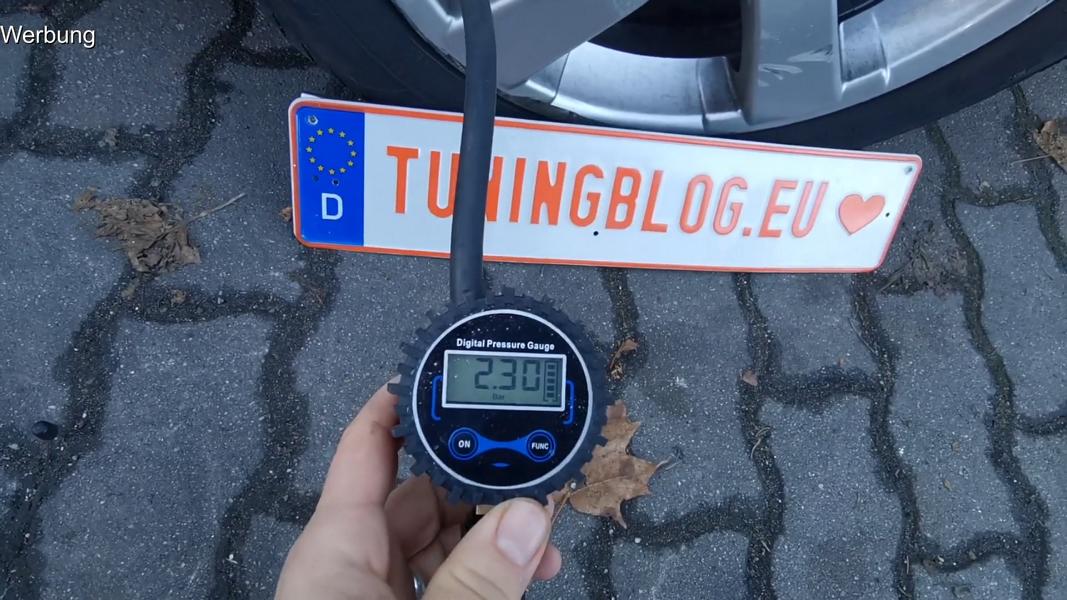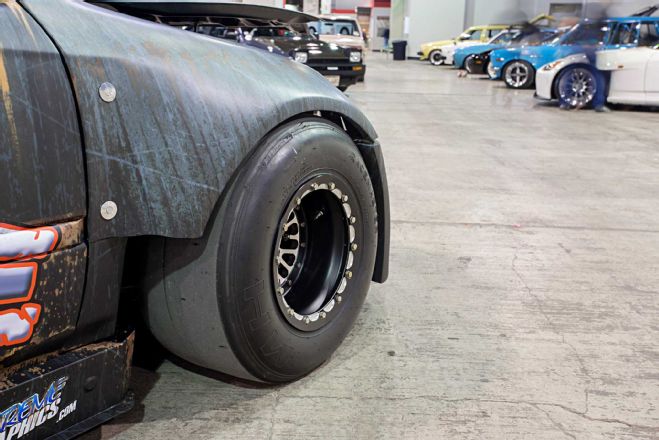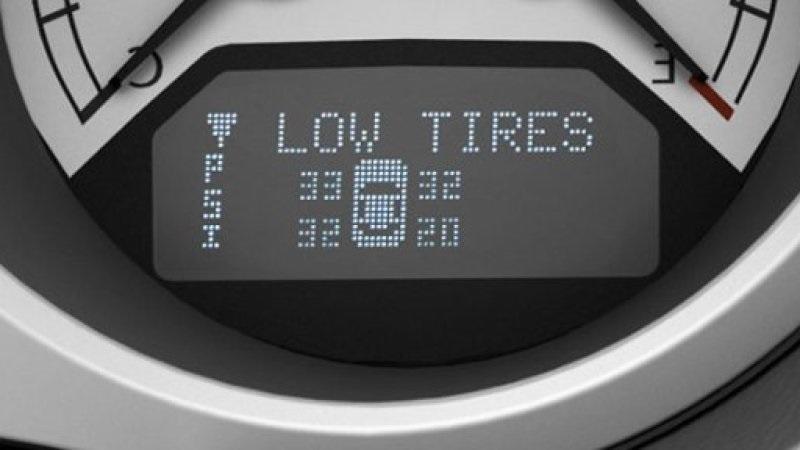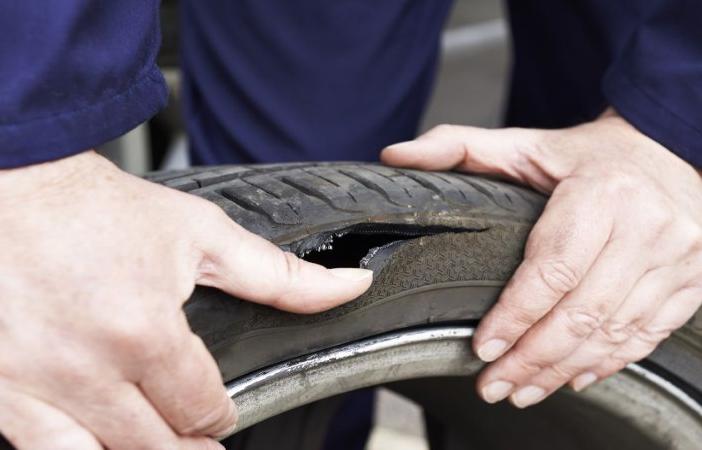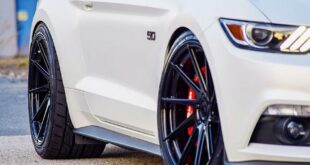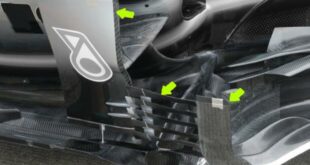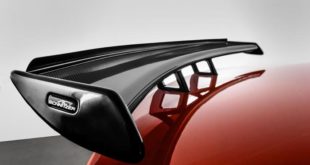Recently updated on April 14, 2021 at 01:25 am
Instead of normal air should Nitrogen to be filled into the tires, thereby creating, among other things, a long constant tire pressure should be guaranteed, whereby the air pressure has to be checked less often. With this promise, many tire dealers try to lure customers and advertise the process accordingly. The cost of such a procedure is approximately 12 euros for all four tires of the vehicle. According to the dealers it is of course worthwhile - even consumption and wear should be reduced by the process. But in this article we would like to explain in more detail whether the 12 euros are a good investment and whether there is anything to the various promises.
Nitrogen for aircraft and racing tires
Basically: Ja, Nitrogen escapes from the tire more slowly than "normal" Air. That's because the so-called Diffusion coefficient is worse due to larger molecules. This difference, however, is marginal - some tests found that the amount of air or nitrogen that had escaped was approximately the same over several months. Here we are talking about minimal Hundredths of a bar difference and such a difference is hardly worth mentioning or even outweighed with money with regard to a road car. However, there is another argument that should speak in favor of filling the tires with nitrogen: Nitrogen catches fire less quickly. Precisely for this reason, the filling with nitrogen is often carried out in areas where a fire would be absolutely fatal: Among other things, commercial aircraft, Formula 1 racing cars or hazardous goods transporters.
Not really useful in a "normal" car!
In the above-mentioned examples, the use of tire gas also makes sense, because in such cases the tires are exposed to extremely high loads, which results in an increased risk of fire. But nitrogen is not flammable. As the name suggests, nitrogen is even able to smother a fire, while oxygen “feeds” the fire even further. However, it is important to note that filling a normal car with nitrogen does not make much sense. This is due to the fact that the stresses that a normal vehicle is exposed to in traffic are nowhere near the stresses to which Formula 1 vehicles or commercial aircraft are exposed.
The tire pressure must be checked further
If you think about the fact that about 3 bar escaped from the tire over a period of 0,1 months, you quickly come to the conclusion that the air pressure of the tires should still be checked at regular intervals. Factors such as, for example, play a much larger role here Leaks or Damage. If such circumstances exist, it makes no difference whether the tire is filled with air or nitrogen - both “fillings” escape more or less quickly. So, as you can see, by and large, there isn't really much to be said for filling tires with nitrogen. Instead, you should stick to the conventional method of filling with air. You can safely save the 12 euros that would be due for filling with nitrogen and instead invest in something else that makes sense Metal valves or a few chic ones Wheel Faces invest. Tip: It is important to pay attention to this when a tire change is due for a tire with TPMS.
the advantages and disadvantages at a glance
Benefits
|
Disadvantages
|
We hope that you have received our information report on the topic / term Tire gas (Further designations / keywords are: nitrogen in tires, compressed air replacement, gas filling, ) from the Autotuning category. Our goal is to have the largest German-speaking tuning lexicon (Tuning Wikipedia) and to explain tuning technical terms from A to Z easily and understandably. We are therefore expanding this lexicon almost daily and you can see how far we have already come HERE see. And soon the next one will be Tuning scene concept illuminated by us. There's a theme that not can be found in our Wikipedia? Then send us an email at kontakt@tuningblog.eu and gives us the term. We will write a suitable article as soon as possible. PS. By the way, you will be informed about new topics if you have ours Feed subscriber.
Below are a few examples from our tuning lexicon:
But of course tuningblog has countless other articles on the subject of cars & car tuning in stock. Do you want to see them all? Just click HERE and look around. We would also like to provide you with news aside from the tuning. In our category Tips, products, information & Co we pick up contributions from car or accessory manufacturers. And also our category Test sites, laws, offenses, information has almost daily new information for you. Here are a few topics from our tuning wiki:
|
Lightweight tuning: This can be "made easier" on the vehicle! |
"Tuningblog.eu" - we keep you up to date on the subject of car tuning and car styling with our tuning magazine and we present you the latest tuned vehicles from all over the world every day. It's best to subscribe to ours Feed and will automatically be informed as soon as there is something new about this post, and of course also to all other contributions.
 tuningblog.eu Your magazine about tuning the car
tuningblog.eu Your magazine about tuning the car
